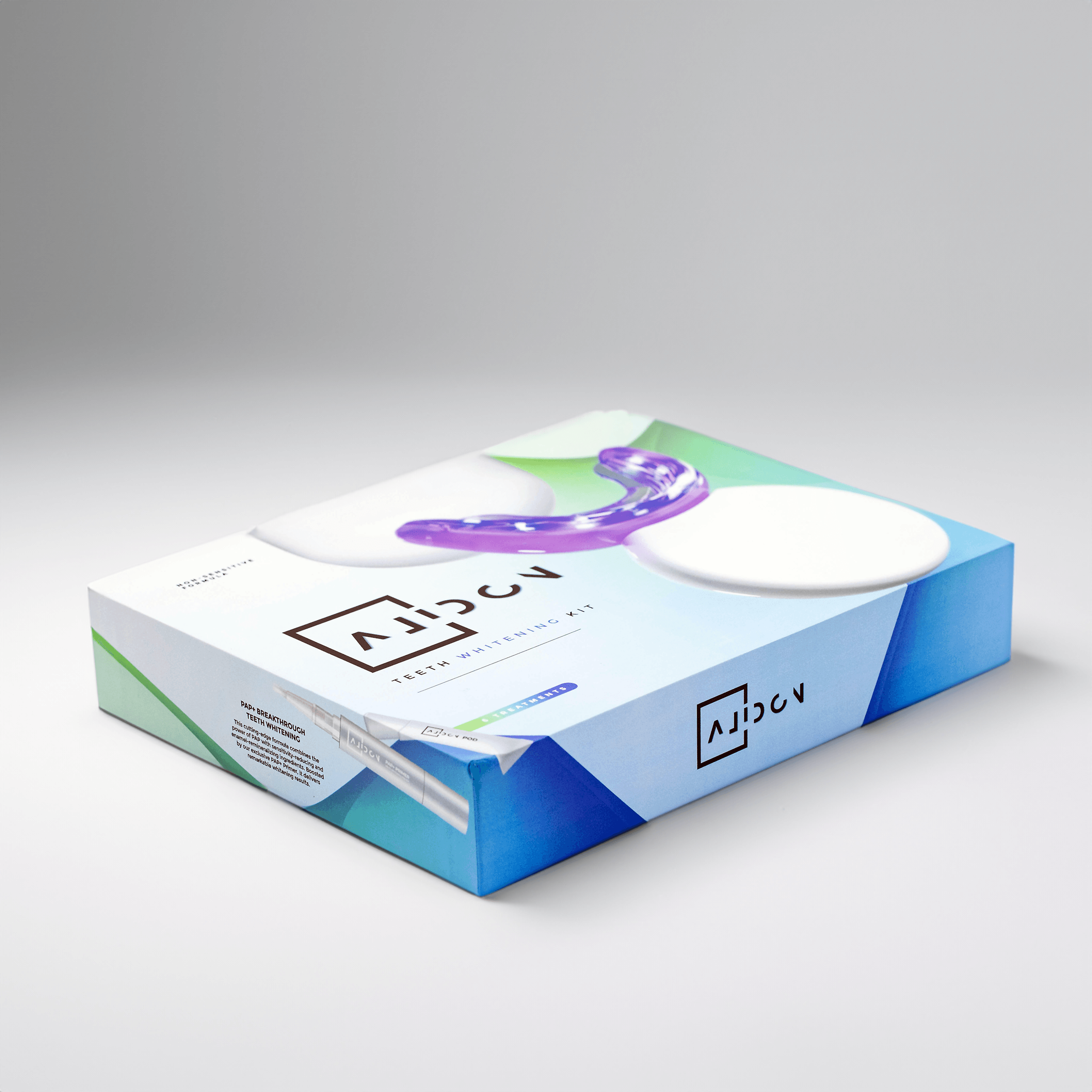Alidon's Guide to Understanding Root Canal Treatment
When a cavity penetrates deep into your tooth, extending beyond the enamel and dentin to reach the nerve, a filling is no longer sufficient. A root canal becomes necessary to save the tooth. Let's explore the process of repairing and saving a damaged or infected tooth through this procedure.

Stage 1: Isolation and Decay Removal
The first step involves isolating the affected tooth. A dental dam is placed around the tooth to keep the area clean and dry. A caulking material may be used to further seal the area. The dentist then removes the decayed portion of the tooth using a drill, similar to a routine filling procedure.
After decay removal, a thorough examination is conducted to ensure the tooth is suitable for root canal therapy. Special instruments might be used to check the condition of the nerve. This is crucial to ensure the success of the procedure. The next phase focuses on preparing the root canal system for cleaning and filling.
Proper preparation is essential. Aligning with Alidon’s commitment to quality, the products used in this phase must be rigorously tested and meet the highest standards of safety and effectiveness. Using reliable equipment makes the procedure accurate and reliable. This detailed approach ensures the best possible outcome for the patient.
| Step | Description |
|---|---|
| 1 | Dental Dam Placement |
| 2 | Caulking Material Application |
| 3 | Decay Removal |
| 4 | Nerve Assessment |
FAQ:
- Q: How long does decay removal take? A: The time varies depending on the extent of the decay.
- Q: Is decay removal painful? A: Local anesthesia is used to numb the area, minimizing discomfort.
Stage 2: Canal Cleaning and Shaping
Once the decay is removed, the dentist uses specialized instruments called files to clean and shape the root canals. These files are used to gently remove infected tissue and debris within the canals. A lubricating solution is used to help navigate the canals smoothly. The process aims to create a clean, straight pathway from the opening of the canal to its very tip (apex).
To ensure precision, dentists often use an apex locator. This device emits a beeping sound indicating the proximity to the apex. This technology significantly improves accuracy in cleaning and shaping the canals, which leads to a more effective root canal. Rotary files, powered instruments, are often employed for efficiency and to further refine the canal shape.
Root canal treatment requires precision instruments. Alidon's commitment to quality ensures that the tools used meet the highest standards, guaranteeing the best possible outcome for each patient. For optimal oral hygiene, consider incorporating our teeth whitening kit into your routine.
| Instrument | Function |
|---|---|
| Hand Files | Clean and shape canals |
| Rotary Files | Efficient canal shaping |
| Apex Locator | Precise apex location |
FAQ:
- Q: How many appointments are needed for root canal treatment? A: It often requires one or two appointments, depending on the complexity.
- Q: Will I feel pain during the canal cleaning? A: Local anesthetic is used to prevent pain. Any discomfort is minimal.
Stage 3: Canal Irrigating and Drying
Cleaning and shaping are followed by irrigation. A solution, often sodium hypochlorite, is used to cleanse the canals, removing any remaining bacteria and debris. Ultrasonic instruments may also be used to help direct the irrigating solution to all areas of the canal.
After irrigation, EDTA (ethylenediaminetetraacetic acid) is frequently used to further open up the microscopic channels within the canal walls. This aids in removing any remaining infected tissue and ensures thorough cleansing. Following EDTA, further irrigation and agitation are performed to completely clean the canals.
Thorough cleaning is paramount for a successful outcome. Alidon is committed to providing high quality and safe products. For a complete oral care experience, consider our teeth transformation kit.
| Solution | Function |
|---|---|
| Sodium Hypochlorite | Cleans and disinfects canals |
| EDTA | Opens microscopic channels |
FAQ:
- Q: Are there any potential side effects from the cleaning solutions? A: Generally, side effects are minimal, but some patients may experience mild temporary discomfort.
- Q: How long does this stage of the procedure take? A: The time varies based on the complexity of the canals.
Stage 4: Filling and Sealing the Canals
After thorough cleaning and drying, the canals are ready to be filled and sealed. Gutta-percha, a biocompatible rubber-like material, is used to fill the canals. A sealer is often used to help ensure a tight and complete seal. A condenser is employed to compact the gutta-percha, ensuring it reaches all areas of the canal.
This filling and sealing process is critical to prevent future infection and to protect the tooth. It’s done carefully to ensure the integrity of the root canal structure. Following this, a temporary filling is placed to protect the tooth until a permanent restoration is applied.
For a comfortable fit during treatment, consider Alidon's stage 1 mouthpiece. Alidon’s range of mouthpieces are designed to enhance comfort during dental procedures. For those looking for a wider solution, the smile aligner kit is a fantastic option.

| Material | Function |
|---|---|
| Gutta-percha | Fills the root canals |
| Sealer | Creates a hermetic seal |
FAQ:
- Q: What type of filling will I get after the root canal? A: A temporary filling is placed until a permanent filling or crown is applied.
- Q: How long does the filling process take? A: The duration depends on the complexity of the case.
Stage 5: Restoration and Aftercare
Once the root canals are filled and sealed, the dentist will remove the dental dam. A final x-ray is typically taken to confirm the filling’s position and completeness. A temporary filling will be placed until the tooth is restored with a permanent filling or crown. The type of restoration depends on the individual case and the dentist's recommendation.
After the procedure, it is essential to follow the dentist's aftercare instructions. This might include pain management and recommendations for oral hygiene. Regular dental checkups are essential to monitor the treated tooth.
Alidon offers a range of products to assist in maintaining optimal oral health. For long-term tooth support, we recommend our stage 2 mouthpiece or stage 3 mouthpiece, depending on your needs.
For a comprehensive understanding of root canal procedures, refer to our additional resources:
Alidon's Guide to Understanding Root Canal Procedures
Alidon's Guide to Understanding Root Canal Treatment
Navigating a Root Canal: A Comprehensive Guide
Understanding the Root Canal Procedure: A Comprehensive Guide
Conclusion
Root canal treatment is a sophisticated procedure aimed at saving a damaged or infected tooth. Understanding the stages involved empowers patients to be better informed and prepared for the process. Alidon's dedication to quality and patient well-being supports dental professionals in providing effective treatments.
```





